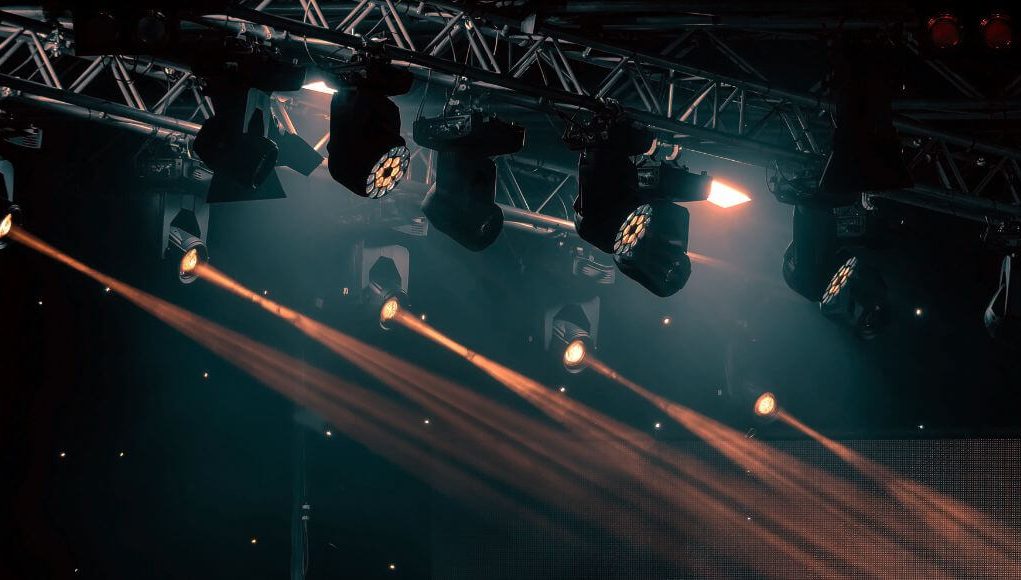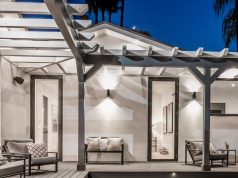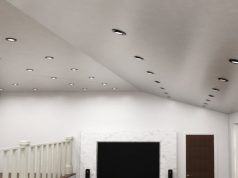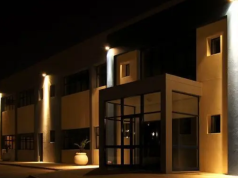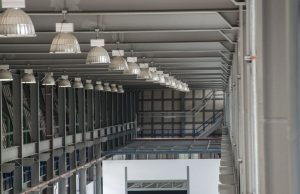Do you frequently visit theatres and enjoy watching plays? Isn’t it fascinating to see how production works its magic to bring out-of-this-world fantasies and heart-pounding epics without undergoing editing and graphics? Theatre comes with a certain charm that you cannot get enough of if you’ve seen it once.
Lighting is a crucial part of theatre as it can modify the tone, atmosphere and mood of the scenes. There are many fixtures used for theatre lighting, and it’s one of the most technical aspects productions need to tackle. From the actual light fixtures like strobes, spotlights, and flood lights to the coloured gels and gobos, all of these are meticulously planned before the curtains go up.
So, if you’re interested in how theatre lighting works, here are some of the lights that they use!
What are the types of theatre lights?
Some lighting fixtures are not just meant for a particular purpose. You can use it in different ways as long as it fits your requirements. Keep in mind that theatre lighting goes hand in hand with creativity, so make sure to incorporate it when you plan your setup! Now, what types of fixtures are typically present in theatres?
Spots
Spotlights are one of the most well-known fixtures used in the theatre. They highlight a particular character or element and are often paired with coloured filters. When the spotlight is on, your focus is drawn to the character or element it gives emphasis to. In addition, the spotlight separates a character from the backdrop or the crowd whenever they give an important dialogue to stress their actions, emotions, or expressions.
If you’re planning the stage lighting, utilise the spotlight if you want to grab the attention of the people and direct it on a specific character or element.
Strobes
Strobe lights are mainly used for special effects and to recreate the vibe of an old-school film. They are flashing lights that can make an individual actor or actress’s movements look erratic. While it can make the stage look alive, strobe lights should not be in play for the majority of the scenes. You need to use it in moderation to create excellent results and put a deeper tone to the happenings on the stage.
Like in the movies, you don’t use special effects throughout. Just sprinkle the right amount, and you’ll have the perfect balance to make a magnificent setup.
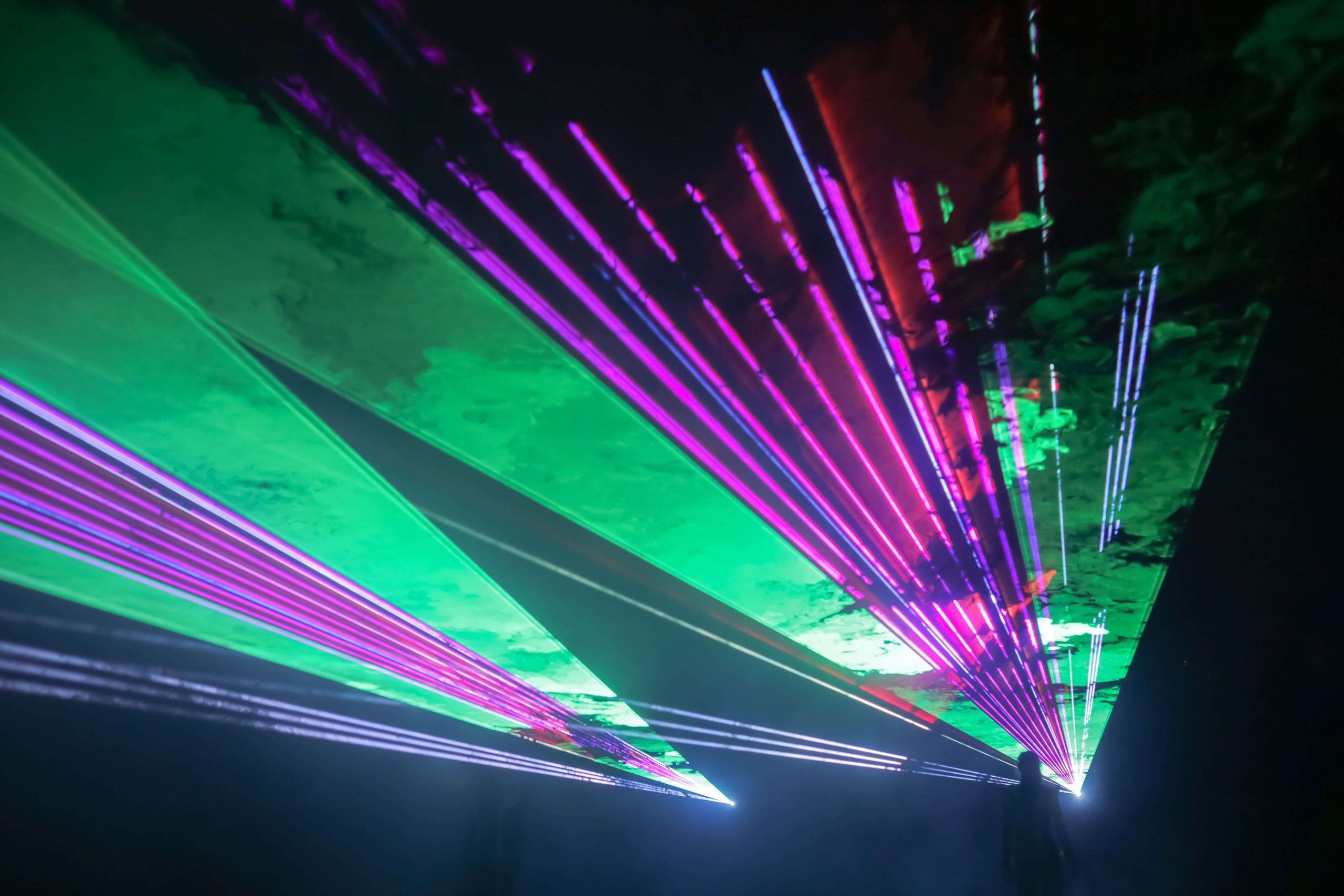
Floods
Flood lights produce a clear, wide-angled beam, brightening up the stage. The only drawback of this fixture is you cannot control the spread of the light. Flood lights are a staple in the theatre compared to other light fixtures. You can use it with coloured gels, but the gels paired with flood lights wear off quickly because of the high temperature. So, just to be safe, you better have a separate set of coloured gels for flood lights.
Fresnel
If spotlights are on the stronger, more concentrated side, the Fresnel is on the opposite. While you can use it for the same purpose as a spotlight, most of the time, the Fresnel is used for backlighting or top lighting. You can also use this fixture with coloured gels to add more drama and detail.
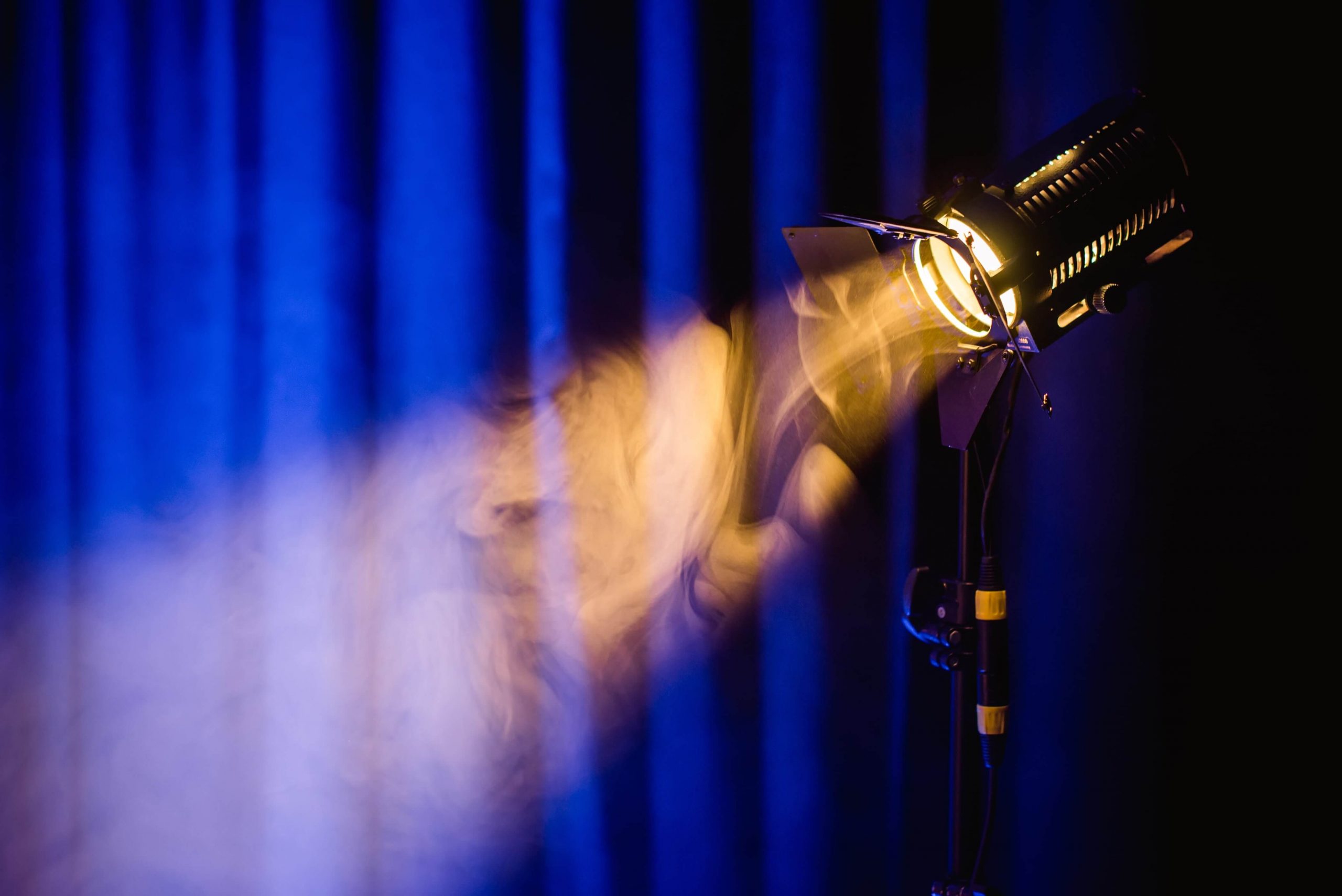
What are the different lighting positions used on stage?
One of the essential stage lighting concepts that you need to understand is lighting position. The primary lighting positions that lighting designers include in their setup are:
Front Lights
It’s the main source of lighting for a performance. Most of the time, front lighting is used to provide a wash for the entire stage. The fixtures directed towards the performers’ faces are a critical starting point, but by themselves, they can make the performers look flat.
Backlight
It adds more dimension to the elements and actors in the background, so they pop out. Backlights are placed towards the back part of the stage, behind the people and props. You can put backlights at different positions vertically.
Downlights
Aside from backlights, downlights are another way to add dimension to the stage. Downlights can differ in intensity. One thing to take note of about downlighting is that some people refer to it as the lights positioned on the feet with light beams directed upward or lights mounted above the stage with beams directed downward or at a certain angle.
Side and High Side Lights
Front, back and downward lighting are not enough to finish the entire set design. You’ll also need lights placed at the horizontal edges of the stage. High-side lights are stationed on the side at a high position, so the light casts on the head and shoulders of the performers. These are the lights that are responsible for making the facial expressions of actors more prominent.
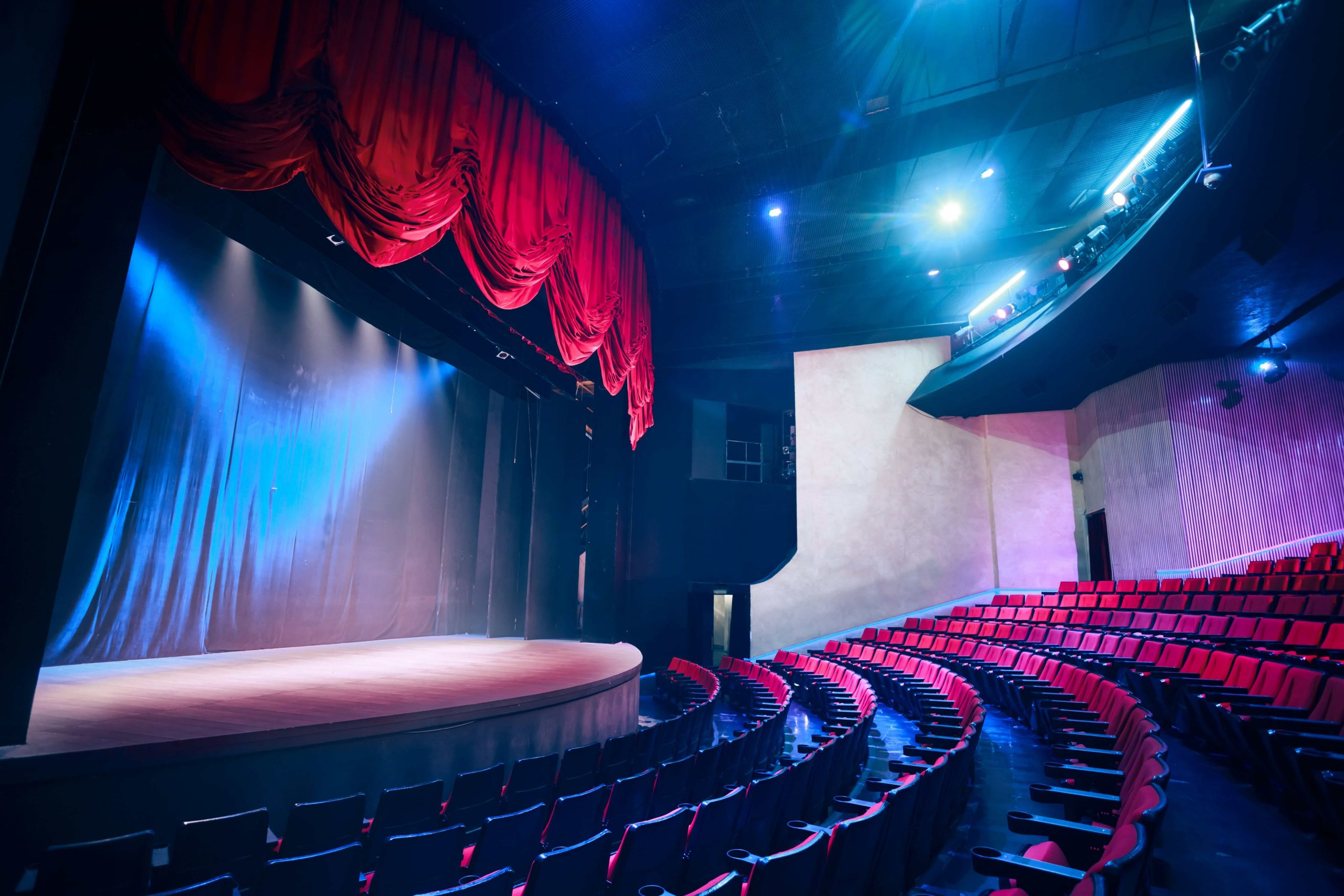
Theatre lighting is more about looking beyond the limits of what you have. While there are only four main types of fixtures that are used on stage, the possibilities are endless! With the touch of a skilled light technician, plus the outstanding performance of actors/actresses, magnificent set design, and stunning music, you’re bound to have a splendid show! If you’re looking for a supplier of high-quality LED lights for any of your lighting needs, you can visit our website, Simple Lighting! We have tons of lighting solutions that can help you finish your stage lighting.
Are LED filament bulbs good?
- 8.5W ST64 Smart WiFi Filament Bulb
- Outdoor Smart LED Filament Festoon String Kit
- E27 Smart LED Dimmable and CCT Changing Filament Bulb
Yes, LED filament bulbs are good if you’re planning to integrate them into your set design. They can elevate the visual appeal of the setting while bringing functional lighting to the area. What’s great about the LED filament bulbs listed above is that they are dimmable and operated using your smartphone!
How do you use lighting in a play?
Lighting plays many roles in the theatre. First, lighting is used to increase functionality. Inside a massive theatre, lighting serves as a guide so you can find your seat or the nearest exit points.
Second, lighting is used to elevate the atmosphere of the show. Like how lighting improves the ambience of your space, it does the same in the theatre. It’s used to set the mood of the scene and allow the audience to be immersed in the story.
Third, lighting is used to improve stage design and visual appeal. With it, stage designers can create patterns, shapes, and images and propel their artistry to the next level. A stage without lighting can look like a canvas without highlights and shadows.
How does lighting affect the audience?
When the stage has good lighting, the audience can easily grasp the emotions of the scene. They can identify whether the characters are celebrating or mourning. Also, stage lighting can make the play much more immersive and appealing to the audience.
What happens when the play has bad lighting? The harsh contrast and the many shadows can be distracting for the audience. If the light intensity and colours are not managed well, the message of the scene will not reach the viewers, leading to misunderstandings and a bad reception.
Stage lighting has more weight to a play than you may initially think. So, if you’re in charge of lights, it’s best to do your research and learn all its ins and outs!


